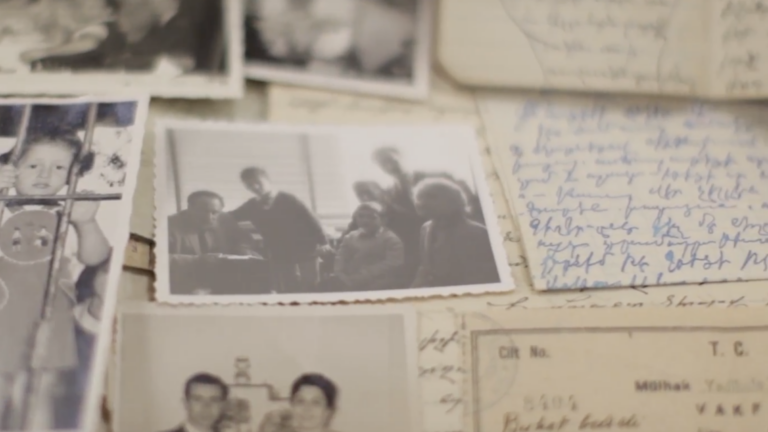
Displaced Persons Documentation Project
In line with its mission to explore and document the contemporary Armenian experience, the USC Institute of Armenian Studies has been engaged in both creating and gathering documents on the unique history of the Armenian Displaced Persons (DP) community formed during and after World War II.
As scholars think about how to study the contemporary Armenian experience, it is important that appropriate and adequate documentation efforts are made to actually gather the information that serves as a record, as well as to continuously engage in a process of gathering, classifying and annotating texts, photographs, published and unpublished writings.
The Institute of Armenian Studies is committed to making DP community history available for research. With these documentation efforts, scholars will have access to primary source material and future generations will have access to an underrepresented chapter in history.
In addition to the massive battles and warfare, World War II was an episode of immense human migration, which included the Armenian communities of Eastern Europe and the Soviet Union, among them prisoners of war, those relocated as slave labor under German occupation, and those who moved with the retreating Germany Army to escape from Stalin’s rule.
The displaced Armenians remained in Germany during the war and the German capitulation. By 1952, most of these 4,000 Armenians were allowed to land in the US as a result of the US Displaced Persons Act of 1948. The massive relocation program was organized by the American National Committee to Aid Homeless Armenians (ANCHA), led by George Mardigian and Souren Saroyan. Some settled in Detroit, Michigan or Niagara Falls, New York to begin their new lives as factory workers. Many eventually made Montebello, California, their home and sustained the close bonds of friendship based on the relations and interdependence of their years in Germany.
The DP project will be inclusive, bringing together the various efforts of filmmakers, family members and others who, over the years, have already documented the DP stories. The Institute’s collection on USC Digital Libraries will offer a home for all such testimonies. They will be appropriately marked with the names of the collection developer or donor, so that researchers can access all DP-experience related documentation created or preserved.
This growing collection is meant to serve as a primary source for researchers who are interested in World War II, post-Genocide Armenian history, and Diaspora Studies.